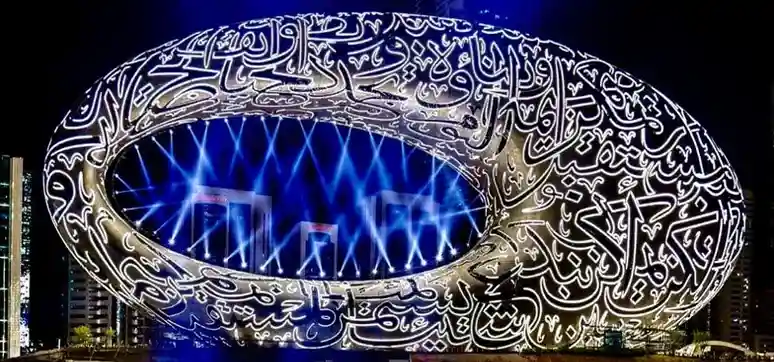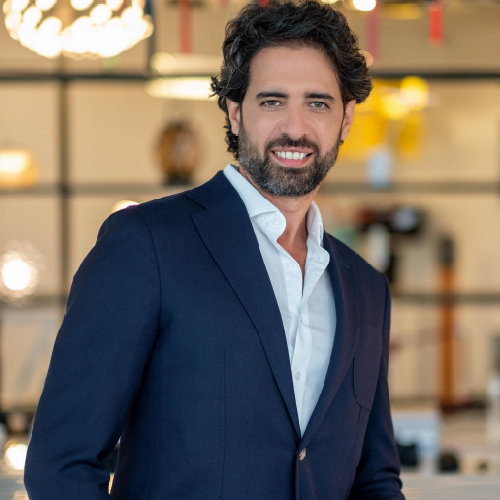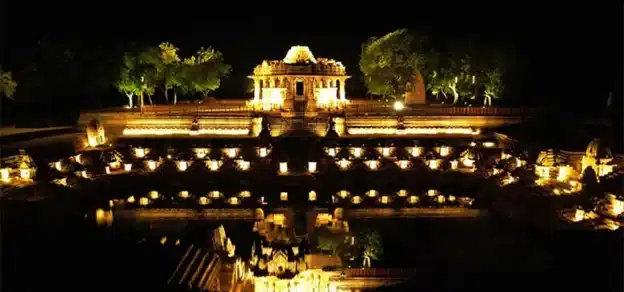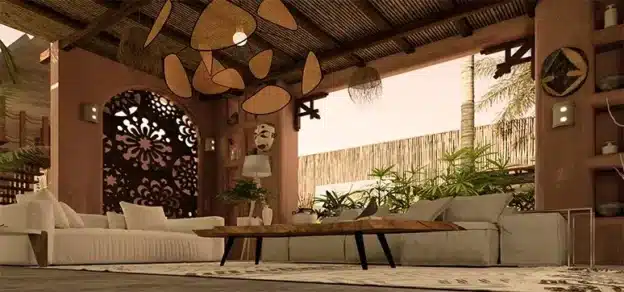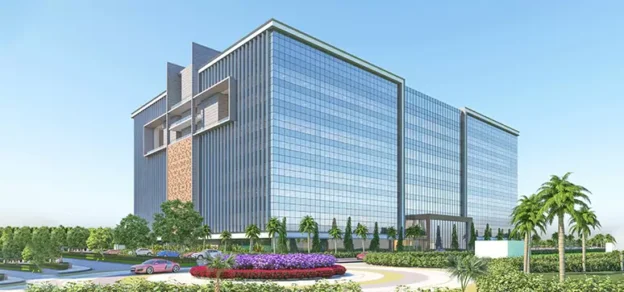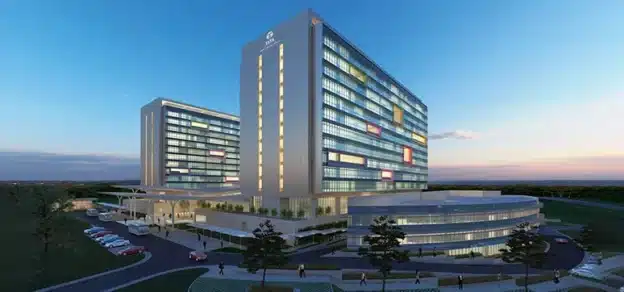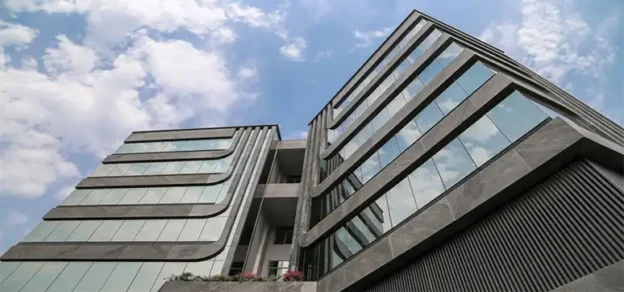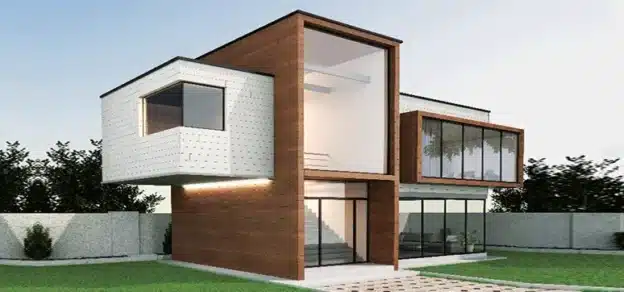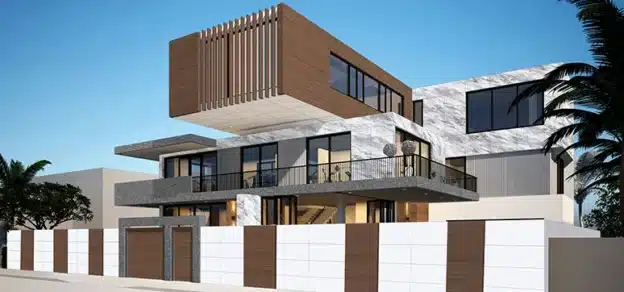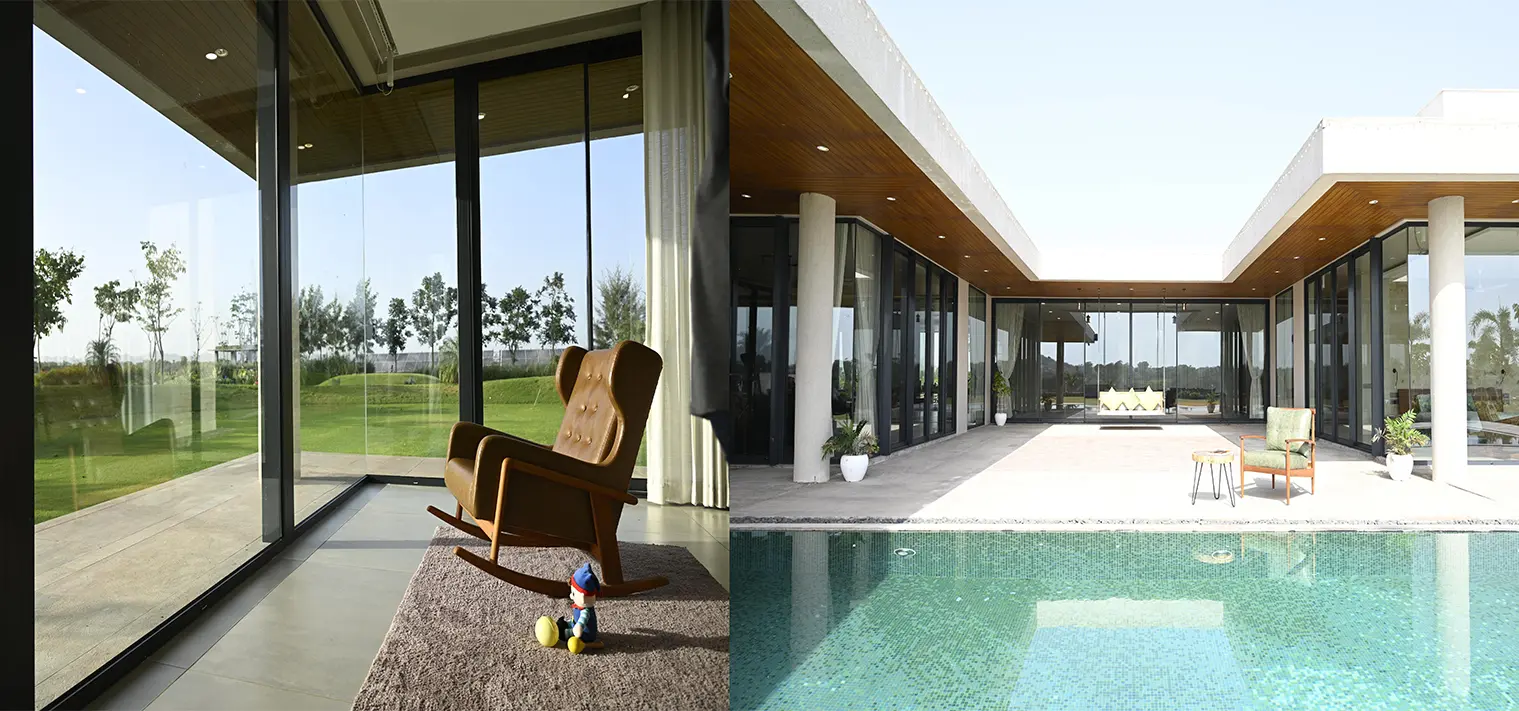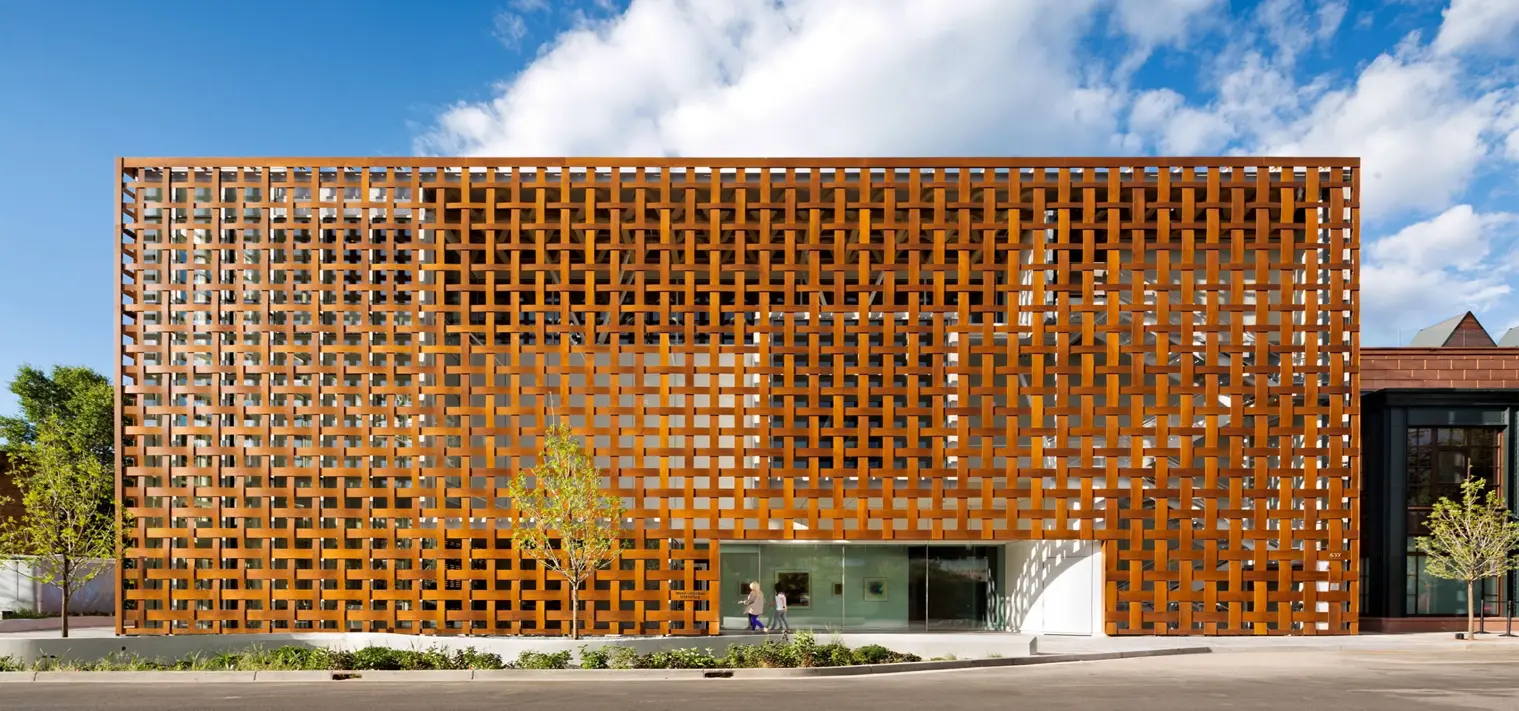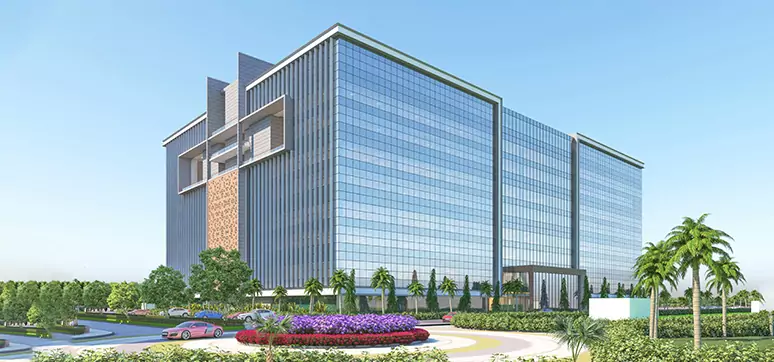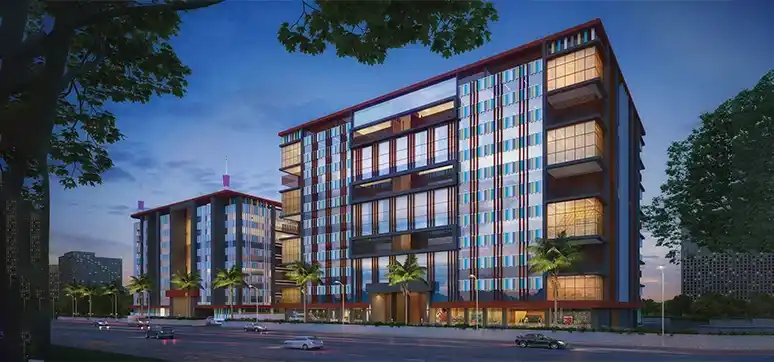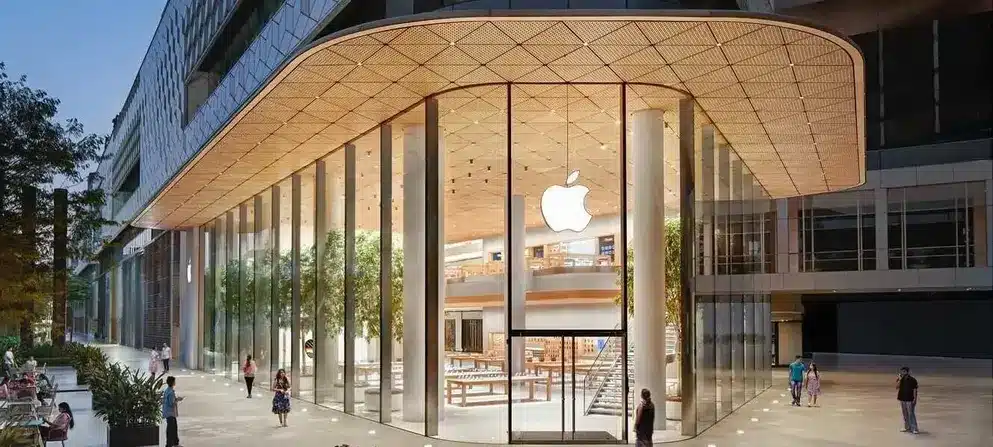What is the importance of façade lighting?
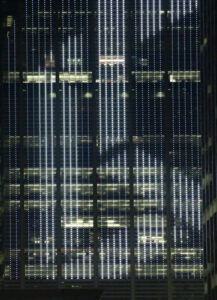
Façade lighting is used to highlight architectural lines, textures, and focus points. However, from dusk till dawn, lighting and shadows can be used creatively to alter a building’s architectural identity. Lighting can also provide the building’s owner with a platform for interactive communication. Yet, the most important aspect of façade lighting is its contribution to a skyline.
The methods of façade lighting.
When it comes to designing a façade lighting scheme, it is of utmost importance to involve a lighting consultant. In Dubai, we are lucky to have a large number of creative lighting design studios that excel at bringing buildings to life. What I can share, as an integrator, is the variety of solutions available to lighting consultants:
- Architectural luminaries offering colour, control, and output. With these tools, designers are able to use light to wash surfaces, graze them to reveal texture, contour volumes, or surgically highlight architectural features.
- Media façade solutions, offering dynamic renders of creative or commercial content.

What is the impact of façade material on lighting?
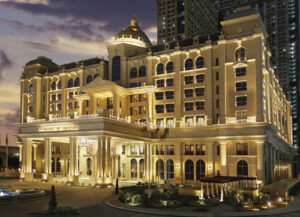
The façade material will define the kinds of tools a lighting designer will use when proposing a scheme. The use of stone, timber, or concrete will define the type of luminaire as well as the kind of optic needed to highlight or tone down the material used. Some materials impose limitations that require outward thinking: imagine a glass cladded façade that cannot be lit with luminaires aiming the light at it. Instead, designers will consider what we refer to as direct-view systems or luminaires installed on the façade with their aperture aimed outwards.
What are the latest trends in lighting systems & lighting controls?
Media façade systems are quite sought after as control possibilities are endless. The ability to turn a façade into a communication tool is both aesthetically pleasing and commercially viable. We recently supplied and installed a custom-built media façade system on the Abu Dhabi Global Market Square. The apparatus has been used to mark the UAE’s national day, to ring in the new year, and most recently to show solidarity with the People of India as they battle hard to beat the pandemic.

As for lighting controls, the need today is for energy efficiency, preservation, and maintenance. Our capability to embed a wide range of sensors in our solutions gives the owner or operator of a building the ability to reduce cost while offering more pertinent lighting based on the use of spaces, the flow of people, and the need for lighting in correlation with the time of day or night. Well-controlled lighting has been proven to have health benefits and impact productivity.

What are the latest technologies in LED lighting?
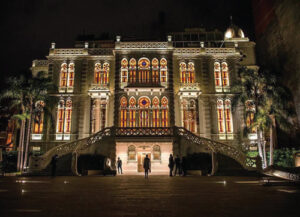
If you break it down, the LED or Light Emitting Diode is an electronic component powered by electric current. This, in essence, is makes the LED a light source with endless possibilities. The quality of light, its ever increasing output, and efficacy as well as its integrability with digital systems makes the LED an intelligent light source capable of emitting and receiving data. Today, the LED is at the center of systems integration.
Use of façade lighting as a marketing factor.
Billboard advertising principles apply to media façades but with better advertising real estate and most importantly with highly dynamic content. The choice of pixel density offers increased viewpoints which in turn maximises the reach. Burj Khalifa has demonstrated that using façade lighting to promote content and share information is truly valuable.
What are the future trends & technologies in façade lighting?

Interactive content is the future of façade lighting. Having people share home-made content or take part in live-fed activations will become the norm. I remember a media façade system on a large plaza in Seoul where people were approached to play a game of Tetris showing on the building!

What are the standards, local norms & regulations for outdoor / façade lighting in the Middle East?
Standards vary from market to market. What is important to note is the current global call for the reduction of light pollution which is harmful to the environment and our own health. The progress in optical control as well as lighting controls gives our community the ability to put together schemes that reduce light pollution and protect dark skies, while preserving the potential for creativity.

